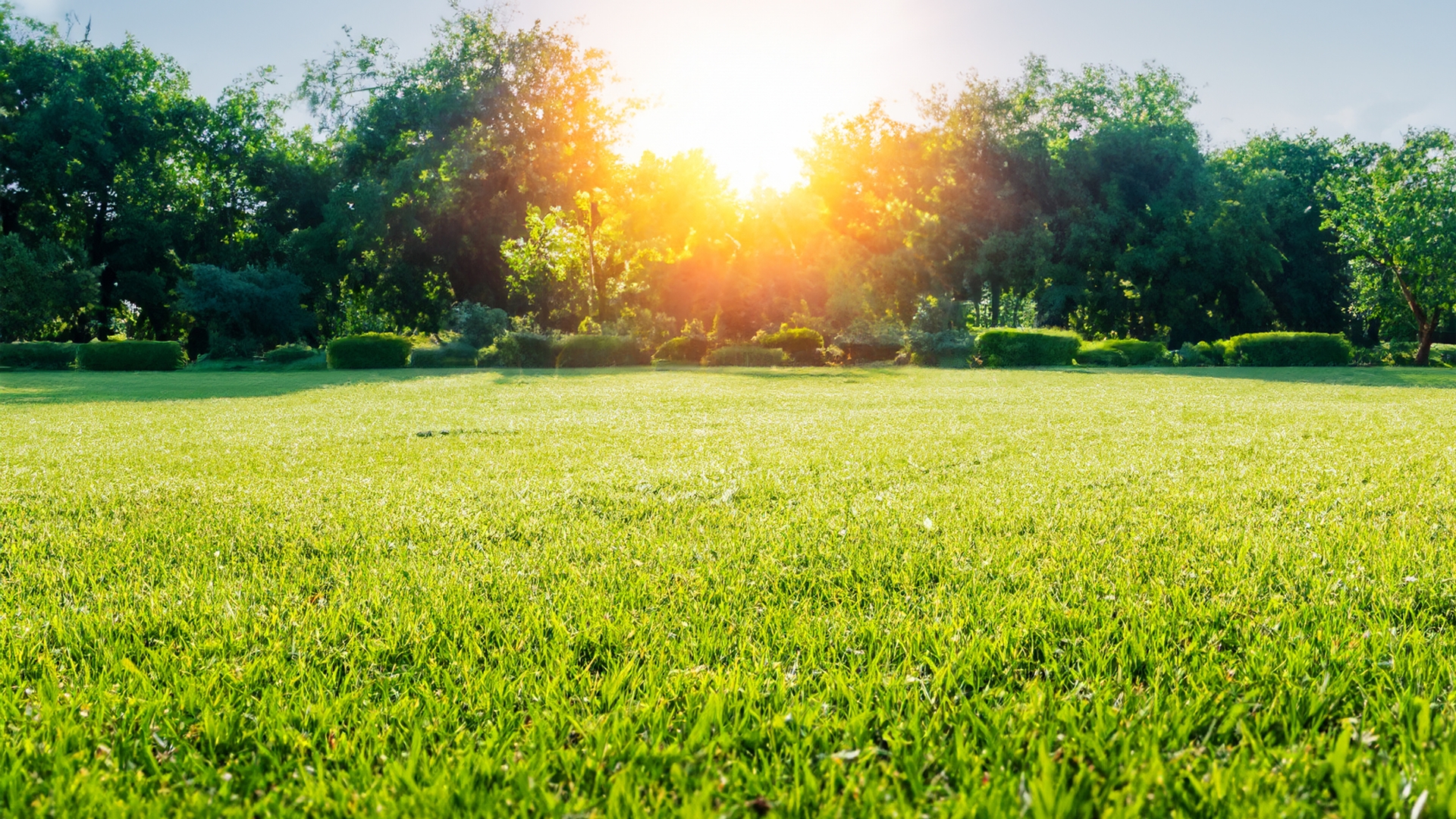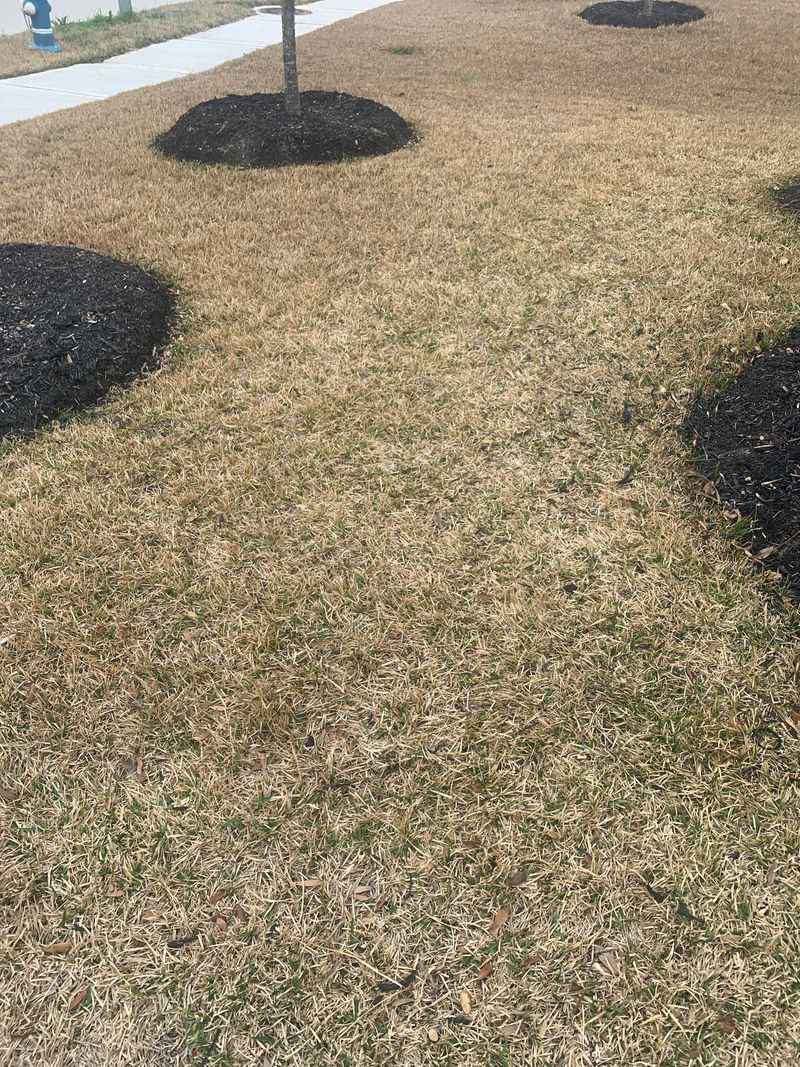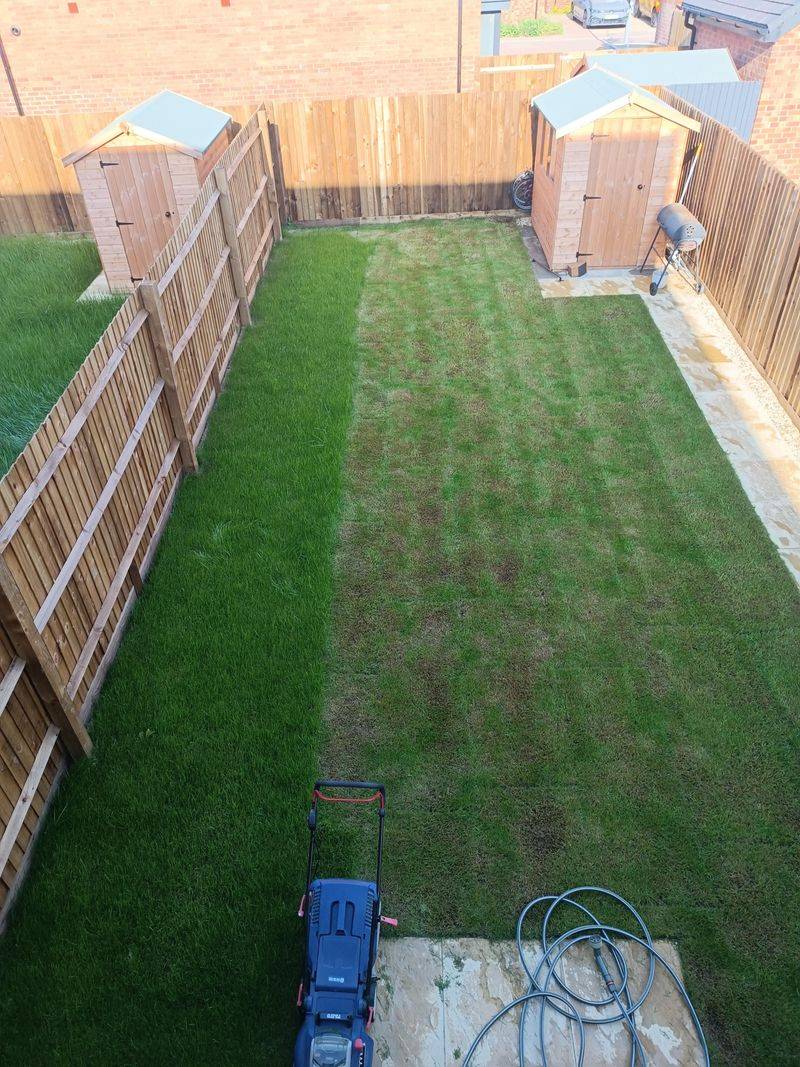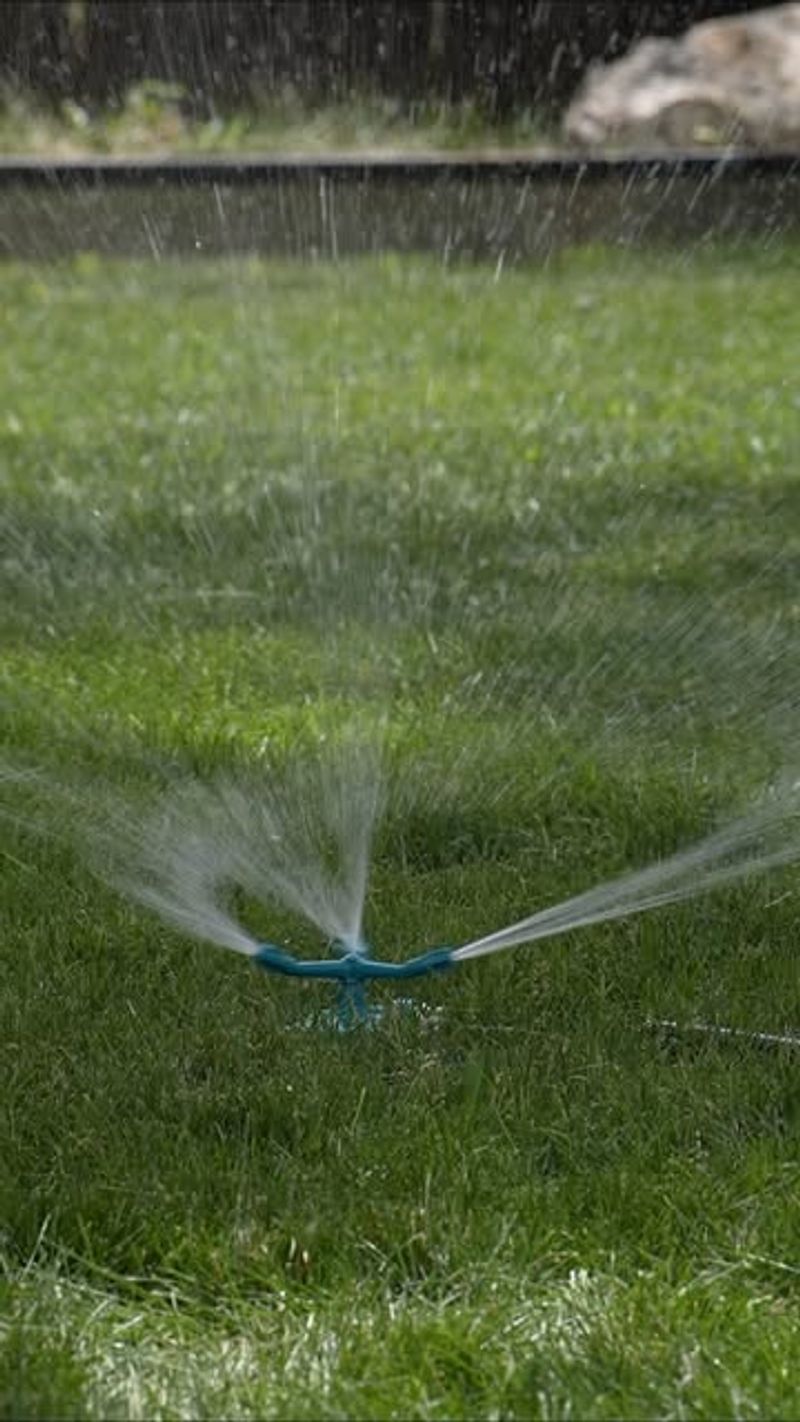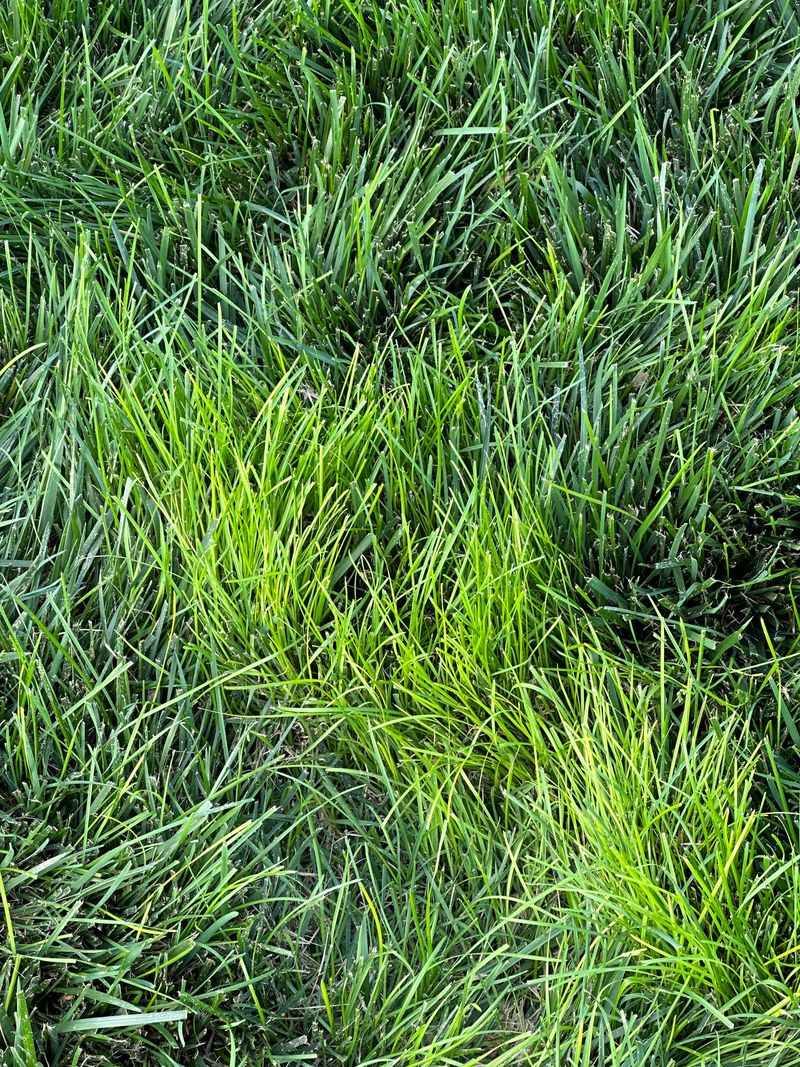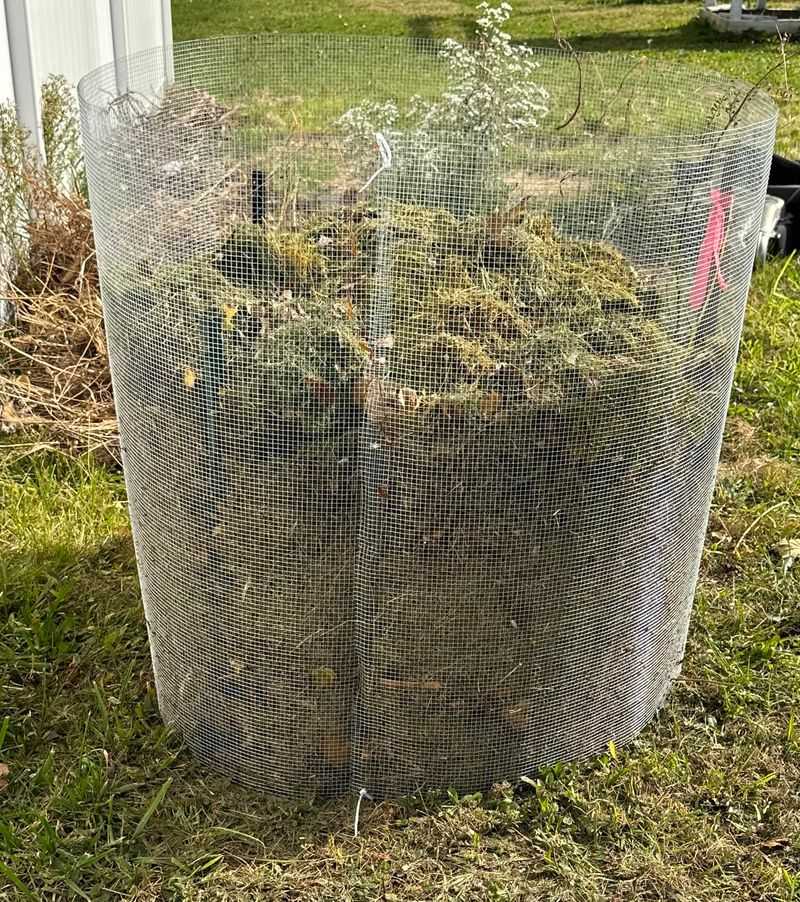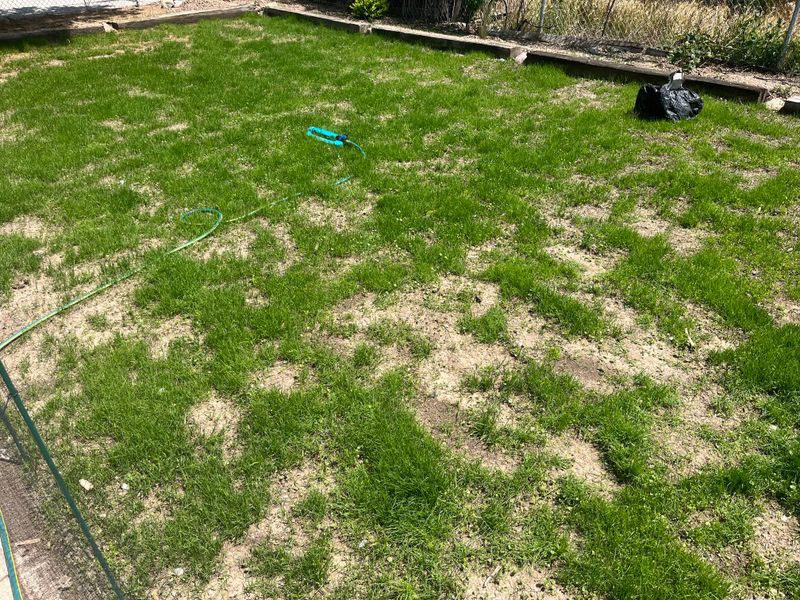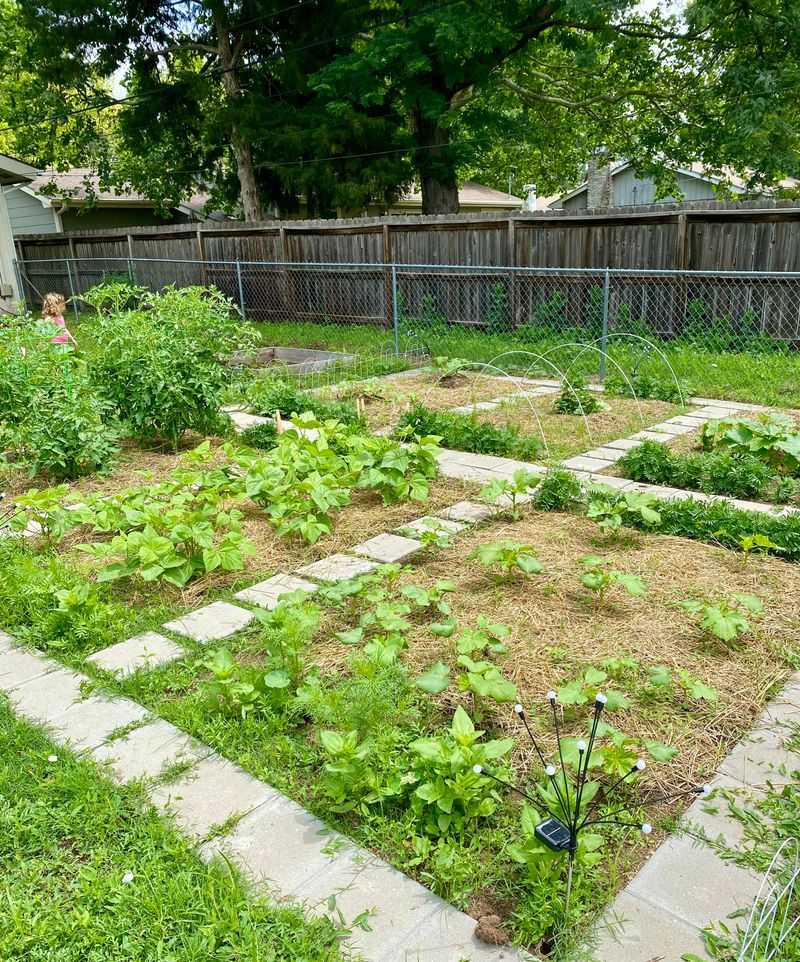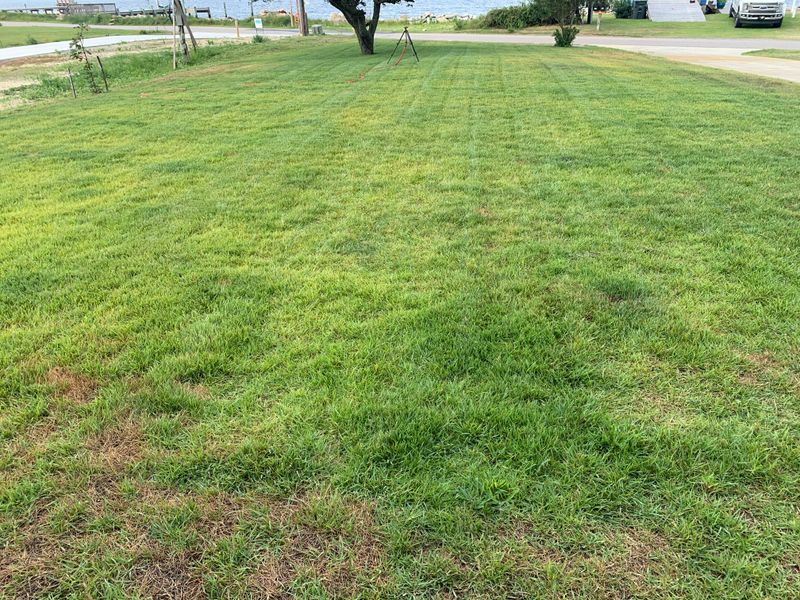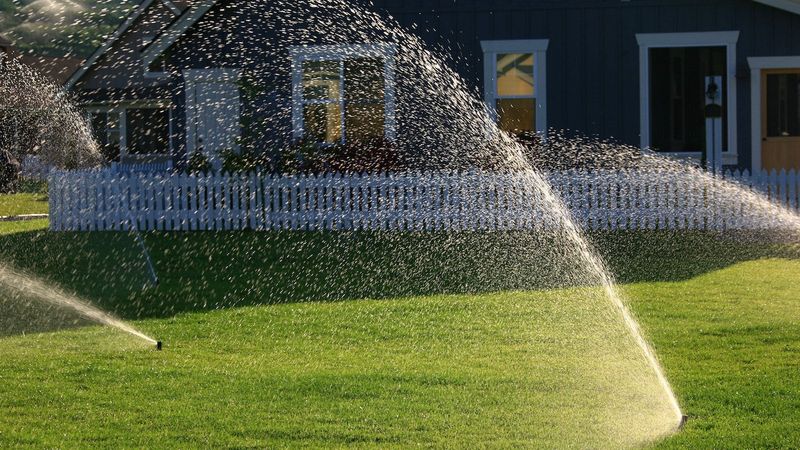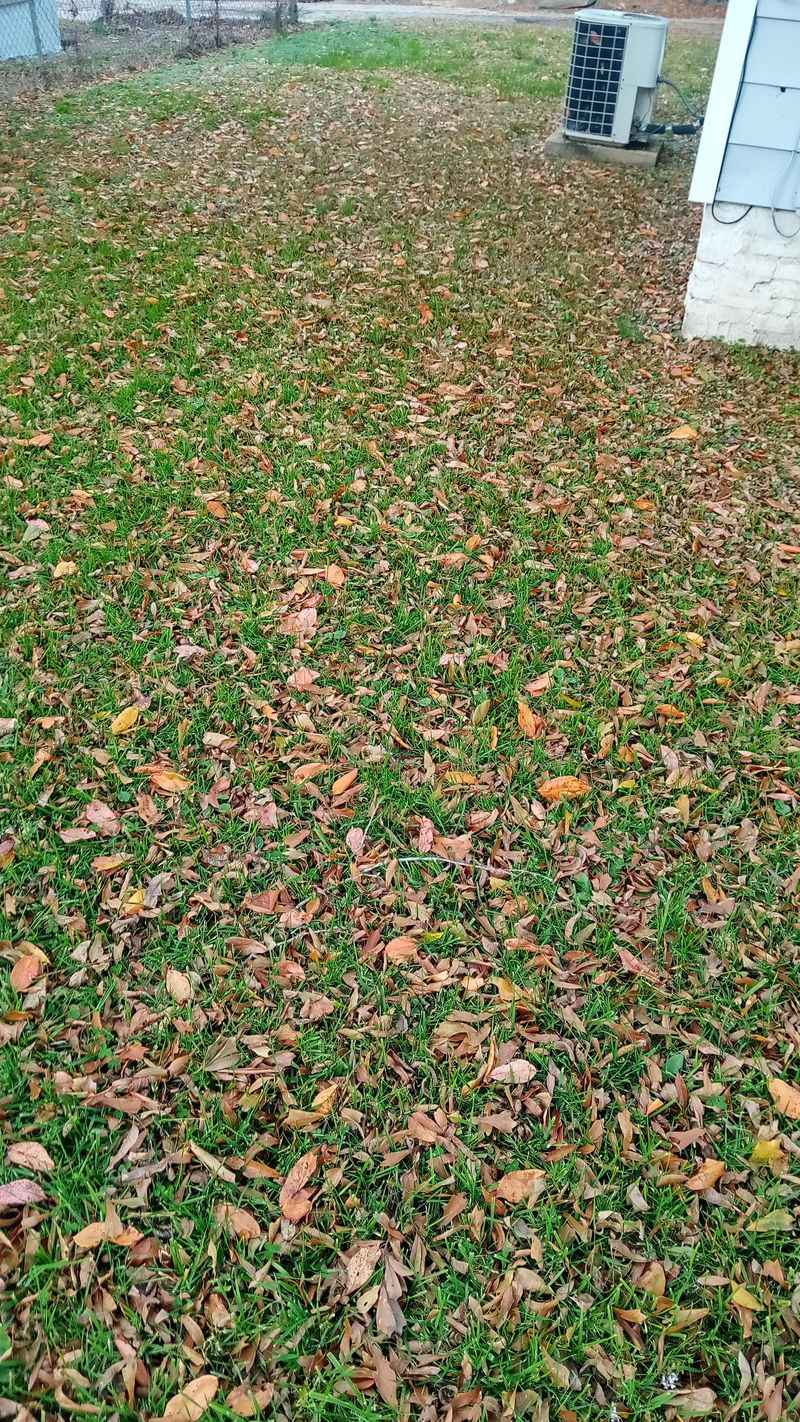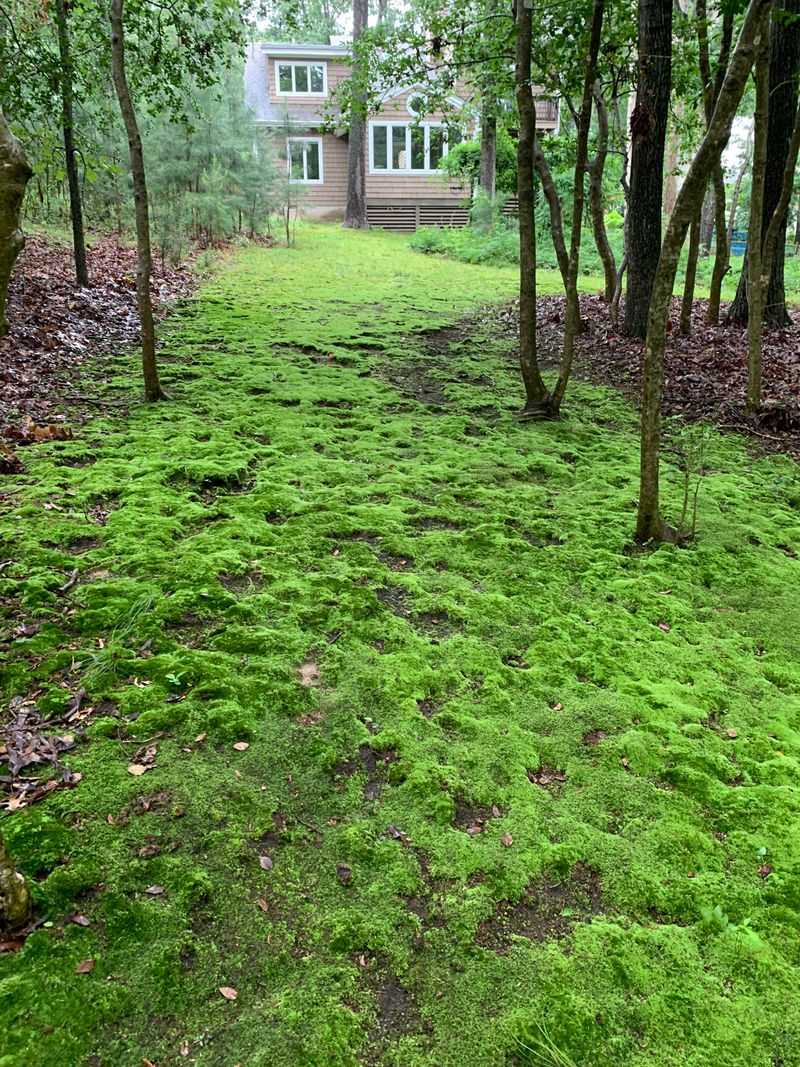I used to think mowing low meant less work—turns out, my grass hated me for it. Lawn care advice is everywhere, but not all of it holds up. Some of the stuff I believed actually made things worse, not better.
If your grass is patchy, tired, or just plain moody, you might be following one of these myths too. Let’s clear the air and give your lawn a little truth it can grow on!
1. Beer Revives Brown Grass
Pouring beer on your lawn won’t magically revive brown patches. The sugars might actually harm your grass by attracting pests and encouraging fungal growth. Professional landscapers laugh when they hear this old trick.
Your brown grass needs proper watering, aeration, and sometimes fertilizer—not a brew. Save your beer for barbecues and address the real issues: soil compaction, improper watering, or possible disease.
2. Cutting Grass Super Short Means Mowing Less Often
Scalping your lawn by cutting it too short stresses grass plants and exposes soil to weed seeds. Short grass develops shallow roots that can’t reach deeper water sources during dry spells. This weakens your entire lawn over time.
Most grass varieties thrive when kept at 2.5-3.5 inches tall. Taller grass actually grows more slowly, shades out weeds naturally, and creates deeper, more drought-resistant root systems.
3. Watering At Night Saves Water
Evening watering creates the perfect breeding ground for fungal diseases. When grass stays wet overnight without sunlight to dry it, you’re basically inviting mold and mildew to move in and destroy your lawn from the roots up.
Morning watering (5-9 AM) is ideal. The grass has all day to dry out, less water evaporates than during midday, and plants absorb moisture efficiently during this time.
4. More Fertilizer Means Greener Grass
Dumping extra fertilizer on your lawn won’t supercharge growth—it’ll burn your grass! Over-fertilization damages root systems and creates weak, thatch-prone turf that’s more susceptible to disease and pests.
Follow package instructions carefully. Most lawns need just 3-4 applications yearly, timed with natural growth cycles. Quality matters more than quantity when feeding your lawn.
5. Grubs Cause All Brown Spots
Not every brown patch means you have grubs! Dog urine, fungal diseases, drought stress, and soil compaction all create similar symptoms. Digging up healthy areas looking for non-existent grubs damages your lawn unnecessarily.
Before treating for grubs, dig up a small section of affected turf. If you can easily pull it up like a carpet and see white C-shaped larvae, then you have grubs. Otherwise, investigate other causes.
6. Grass Clippings Cause Thatch
Fresh grass clippings don’t create thatch problems! Thatch is actually a layer of slow-decomposing stems and roots—not clippings. Short clippings break down quickly, returning valuable nutrients to your soil for free.
Leave those clippings right on your lawn after mowing. They provide up to 25% of your lawn’s nitrogen needs when allowed to decompose naturally. Only bag clippings if they’re excessively long or wet.
7. Spring Is The Best Time For Seeding
Fall, not spring, is actually prime time for seeding most cool-season grasses. Soil temperatures remain warm while air cools down, creating ideal germination conditions. Weed competition decreases dramatically in autumn too.
Spring-seeded lawns often struggle against summer heat before establishing strong root systems. They also face fierce competition from spring weeds. For most northern lawns, September is your golden window for successful seeding.
8. All Weeds Need Immediate Chemical Treatment
Chemical weed killers aren’t always necessary and can harm beneficial soil organisms. Many weeds indicate specific soil problems—clover suggests nitrogen deficiency, while crabgrass thrives in compacted soil with poor grass cover.
Address the underlying lawn health issues first. Proper mowing height, regular aeration, and overseeding create dense turf that naturally suppresses weeds. Spot-treat persistent weeds rather than blanket-spraying your entire lawn.
9. Sandy Soil Is Bad For Lawns
Sandy soil isn’t a lawn death sentence! While it drains quickly, this soil type warms earlier in spring and rarely suffers from compaction issues that plague clay soils. Many grass varieties actually thrive in sandy conditions.
Add organic matter like compost to improve water retention. Consider drought-tolerant grass varieties like tall fescue or Bermuda grass. With proper amendments and grass selection, sandy soil can support a beautiful lawn.
10. Lawns Need Daily Watering
Daily shallow watering creates weak, shallow root systems that depend on constant moisture. Plants never develop drought resistance, and you waste tremendous amounts of water.
Instead, water deeply but infrequently—about 1-1.5 inches once or twice weekly depending on your climate. This encourages roots to grow deeper seeking moisture, creating naturally drought-resistant turf that stays green even during dry spells.
11. Lime Fixes All Soil Problems
Blindly adding lime without testing soil pH first can damage your lawn. Lime raises pH in acidic soil, but applying it to already alkaline soil creates serious nutrient availability problems that yellow your grass.
Get an inexpensive soil test before adding anything. Many lawns grow perfectly well in slightly acidic soil (6.0-6.5 pH). Only add lime when tests confirm your soil is too acidic for your specific grass type.
12. Dethatching Is An Annual Necessity
Aggressive annual dethatching damages healthy lawns by tearing up living grass along with thatch. Most lawns only need dethatching when thatch exceeds 1/2 inch thick, which might take several years to develop.
Check your thatch layer by cutting a small plug from your lawn. If it’s under 1/2 inch, leave it alone! A moderate thatch layer actually insulates soil, retains moisture, and provides natural cushioning against foot traffic.
13. All Bugs Are Lawn Enemies
Most insects in your lawn are actually beneficial or harmless! Earthworms aerate soil naturally, while predatory insects like ground beetles devour pest eggs and larvae. Even some “scary” bugs help maintain lawn health.
Broad-spectrum insecticides kill these helpful creatures along with pests. This disrupts the natural balance, often leading to worse problems later. Target specific lawn pests only when they reach damaging levels.
14. Fall Leaves Must Be Removed Immediately
Whole leaves left in thick layers can smother grass, but completely removing fall leaves wastes valuable organic matter. Mulched leaves break down quickly, returning nutrients to your soil and improving its structure naturally.
Simply mow over fallen leaves with your regular mower. The tiny fragments disappear into your lawn within days. This free fertilizer reduces your need for store-bought products while supporting healthier soil biology.
15. Moss Means Your Soil Is Too Acidic
Moss grows in lawns primarily because of shade, moisture, and compacted soil—not just acidity. Many homeowners waste time and money applying lime when the real issues are environmental conditions moss naturally prefers.
Improve drainage, reduce shade by pruning trees, aerate compacted soil, and select shade-tolerant grass varieties. Moss thrives where grass struggles, so creating better conditions for grass automatically discourages moss growth.

